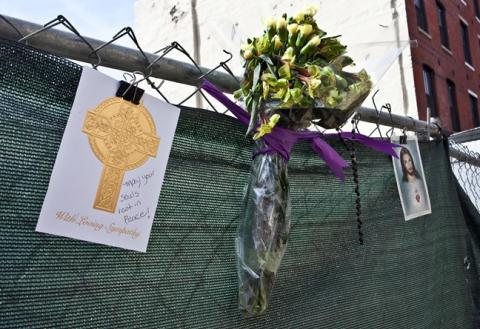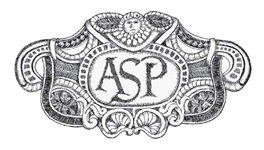The Living & the Dead

Anyone who works with human remains will say that they have experienced a wide range of reactions from people when their profession becomes known. Most people find our work fascinating, but occasionally we encounter people who think our work is weird, scary, or sometimes downright offensive.
Death is an unavoidable part of being human. It is shrouded in mystery − a topic we are taught to avoid. It can conjure a sense of fear or dread as a force we do not understand and cannot control. Cultural practices and religious belief systems have been constructed around death to help us, as humans, regain a sense of ownership over death. Treatment of the body, funerals, and makeshift memorials are much more about the living than they are about the person who has passed away.
As someone who routinely deals with the deceased, both forensically and archaeologically, it is expected that a certain desensitivity and detachment are both necessary and cultivated over time. Human remains are a source of data that can answer questions about the individual and larger questions within physical anthropology, bioarchaeology, bioanthropology, and human osteology. It is easy to forget about the culture - the living and their attachment to remains. This has been a problem over the decades that scientists have studied bones. Past attitudes within anthropology towards indigenous populations have led to some shameful behavior. Human remains and objects of cultural importance have been deliberately taken in the name of research, or simply as objects of curiosity or fascination to be placed in a museum. In an account from 1891, Robert Wilson Shufeldt, an American osteologist and generally terrible person, brags about his exploits collecting Navajo skulls for the anatomical museum at the University of Edinburgh [1]. He specifically recounts observing a Navajo funeral. He made special note of the location of the shallow grave in which the body of a woman was interred. A year later, he revisited the site and found that the remains were still there untouched but decomposed. He ends the anecdote with, “…and at this writing it [the skull] adorns the top of one of the bookcases in my study.” (pg305) To Shufeldt, bones were a trophy. To the Navajo, disinterment would have been a devastating act.
The excavation of the First Baptist Church of Philadelphia raises similar issues. For some, the remains are a fascinating source of study, providing an insight on the earliest residents of Philadelphia. For others, the disturbance of the men, women, and children buried there is a travesty, a desecration of a sacred space. It is important for us, the researchers, to never lose sight of the people that the bones represent. Rather than be dismissive of those who may have strong feelings towards human remains, we should instead be open about our work and our enthusiasm for it, and do our best to approach any interaction outside of our research team as an opportunity to educate. For those that despair at the treatment of these remains, please know that archaeologists and anthropologists are dedicated to the proper treatment and repatriation of human remains. We recognize the faults of those in our fields that went before us, and strive to do better. Together we can tell the stories of these people, individuals long forgotten by history.
[1] - Shufeldt, R.W. "Mortuary Customs of the Navajo Indians." The American Naturalist, Vol. 25, No. 292 (Apr. 1891), pp. 303-306.

